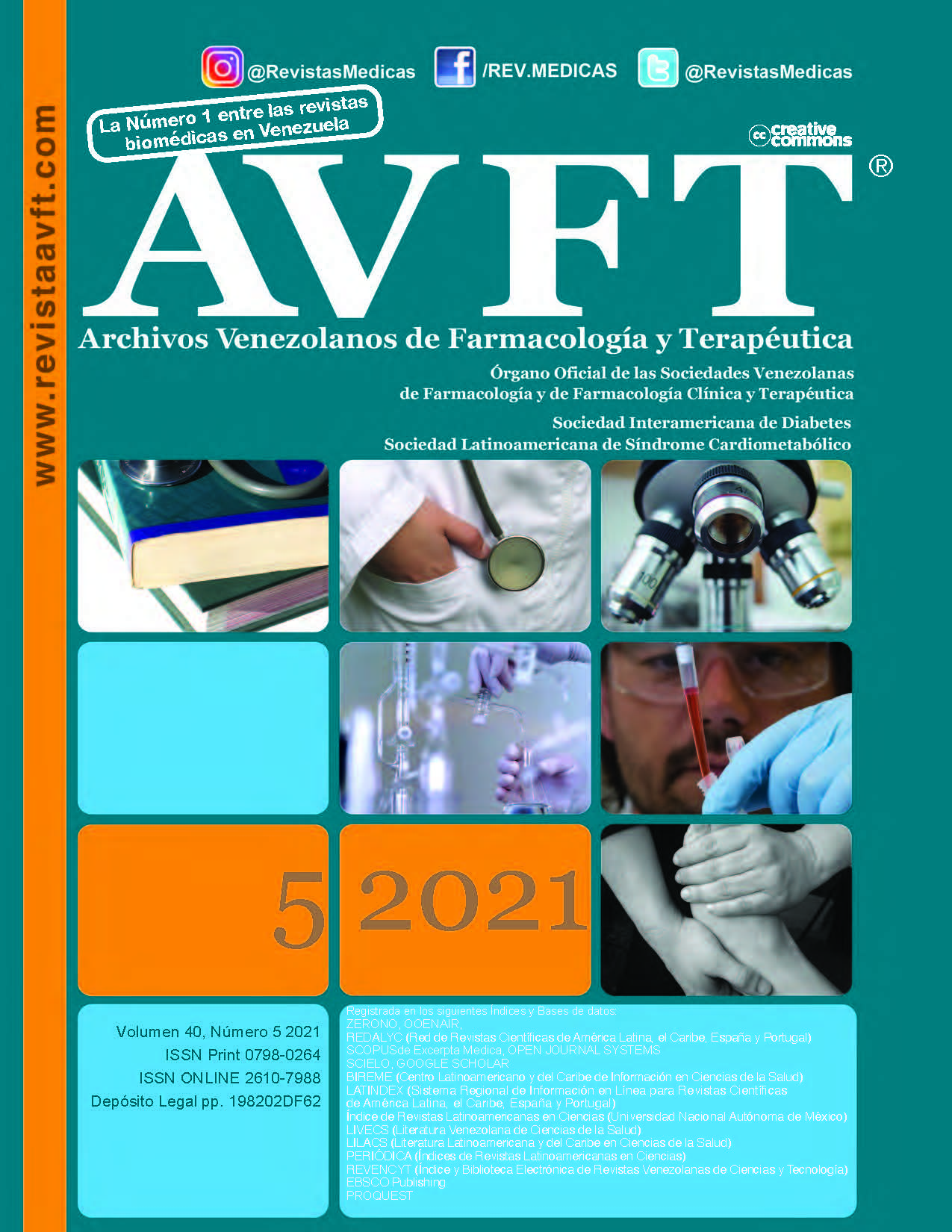Relation between difficulty level of laparoscopic procedures and the incidence of complications during urologic laparoscopic surgery in Dr. Sardjito Hospital
Resumen
Background: Laparoscopy is a minimally invasive procedure in which a camera and a light source are inserted into the abdomen, whereas the postoperative incision appears to be smaller than the conventional surgery incisions. In the field of urologic surgery, this method of surgical approach causes a few complications. Method: This research is a retrospective design using secondary data from medical records in Dr. Sardjito Hospital through a timeframe of January 2017 to January 2020. Included in this study were 82 cases of laparoscopic surgery patients. Study results were presented descriptively and analytically. Results: The incidence significantly increased with the increased difficulty level (p< 0.05). Statistically were the highest morbidities found in radical cystectomies, around 55%, if compared to other procedures (p<0.05). Types of complications found were vascular injuries (4 cases) and organ injuries (5 cases). Five laparoscopic procedures (6.1%) had to be converted to open procedures. There were no significant differences between the three groups according to conversion to open procedures (p > 0.05). Conclusion: The difficulty level of the procedures was correlated to the intraoperative complications. The higher the difficulty level of the urology laparoscopic procedures, the higher the incidence of complications. To decrease the incidence of complications, there have to be regularly scheduled standardized courses, to increase the knowledge in laparoscopic procedures, anatomical knowledge, and exposure to the different procedures.
Descargas
Citas
Wein AJ. et al. Campbell-Wals Urology, Elsevier. 2016.
Taneja SS. dan Shah O. Complications of Urologic Surgery Diagnosis, Prevention, and Management Fifth Edition. Elsevier. 2018. doi: 10.1017/CBO9781107415324.004.
Zollinger R, dan Ellison E. () Zollinger’s Atlas of Surgical Operations, Mc Graw Hill Medical. 2011. doi: 10.1007/s13398-014-0173-7.2.
Jiang X, Danerson C, Schnatz PF. The safety of direct trocar versus veress needle for laparoscopic entry: A meta-analysis of randomized clinical trials. Journal of Laparoendoscopic dan Advanced Surgical Techniques. 2012;22(4):362–370. doi: 10.1089/lap.2011.0432.
Kaistha S. et al. Laparoscopic Access: Direct Trocar Insertion Versus Open Technique. Journal of Laparoendoscopic dan Advanced Surgical Techniques. 2019;29(4):489–494. doi: 10.1089/lap.2018.0408.
Guo J. et al. Intraoperative serious complications of laparoscopic urological surgeries: A single institute experience of 4,380 procedures. International Braz J Urol. 2019;45(4):739–746. doi: 10.1590/S1677-5538.IBJU.2018.0601.
Montes SFP. Intraoperative laparoscopic complications for urological cancer procedures’, World Journal of Clinical Cases. 2015;3(5): p. 450. doi: 10.12998/wjcc.v3.i5.450.
Patel PG. et al. Direct Trocar Entry in Laparoscopic Surgeries: A Retrospective Study Body Mass Index Emergency or Planned Surgery. Research Article Gastroenterology & Hepatology Journal (GHJ) Gastroenterol Hepatol J. 2017;1(1):29–33.
https://pdfs.semanticscholar.org/cf23/7463bee074b3aad0d57af82fe594a7a1f83d.pdf.
Sanli O. et al. Prospective evaluation of complications in laparoscopic urology at a mid-volume institution using standardized criteria: Experience of 1023 cases including learning curve in 9 years. Journal of Minimal Access Surgery. 2016;12(1):33–40. doi: 10.4103/0972-9941.158154.
Taye MK. et al. Open versus closed laparoscopy: Yet an unresolved controversy’, Journal of Clinical and Diagnostic Research.2016;10(2): QC04–QC07. doi: 10.7860/JCDR/2016/18049.7252.
Petrut B. et al. V1 - Accidents and complications of the laparoscopic approach. European Urology Supplements.2019;18(2):e2425. https://doi.org/10.1016/S1569-9056(19)32116-5
Sabharwal A, Kumar A. Laparoscopic Surgery in Urology. Apollo Medicine.2006;3(4): 371-375. https://doi.org/10.1016/S0976-0016(11)60225-1
Cheng S. et al. Management of major vascular injury in laparoscopic urology. Laparoscopic, Endoscopic and Robotic Surgery.2020;3(4):107–110. https://doi.org/10.1016/j.lers.2020.08.002
Liu Z. et al. Completely laparoscopic versus open radical nephrectomy and infrahepatic tumor thrombectomy: Comparison of surgical complexity and prognosis. Asian Journal of Surgery. 2021;44(4):641–648. https://doi.org/10.1016/j.asjsur.2020.12.003
Ngo TK. et al. Symptomatic pneumopericardium – A rare complication following retroperitoneal laparoscopic nephrectomy: A case report. International Journal of Surgery Case Reports. 2021;79:299–301. https://doi.org/10.1016/j.ijscr.2021.01.059
Cathelineau GVX. et al. Complications of Transperitoneal Laparoscopic Surgery in Urology: Review of 1,311 Procedures at a Single Center. The Journal of Urology.2002;168(1):23–26. https://doi.org/10.1016/S0022-5347(05)64823-9
Rios DS. et al. Post-surgical complications in patients with bladder cancer treated with cystectomy: Differences between open and laparoscopic approach. Actas Urológicas Españolas (English Edition). 2019;43(6):305–313. https://doi.org/10.1016/j.acuroe.2019.05.001
Hindi SA. Khalaf Z. The outcome of laparoscopic-assisted orchidopexy in very young children: A single hospital experience. Journal of Pediatric Urology. 2021. https://doi.org/10.1016/j.jpurol.2021.03.004
Kim TN. et al. Three different laparoscopic techniques for the management of iatrogenic ureteral injury: A multi-institutional study with medium-term outcomes. Asian Journal of Surgery. 2021. https://doi.org/10.1016/j.asjsur.2021.01.027
Manfredi M. et al. 586 - Perioperative complication predictors in laparoscopic adrenalectomy a single-center multivariate analysis. European Urology Open Science. 2020;19(2):e911. https://doi.org/10.1016/S2666-1683(20)33189-X
Descargas
Publicado
Cómo citar
Número
Sección
Licencia
Derechos de autor 2023 AVFT – Archivos Venezolanos de Farmacología y Terapéutica

Esta obra está bajo una licencia internacional Creative Commons Atribución-NoComercial-SinDerivadas 4.0.




